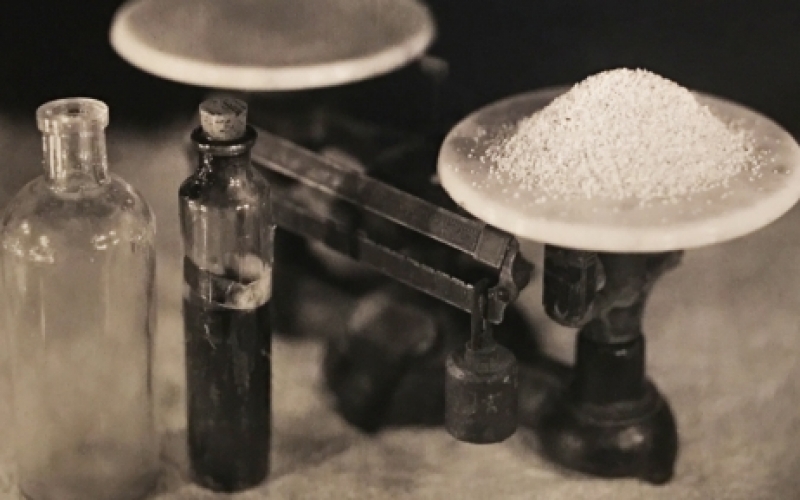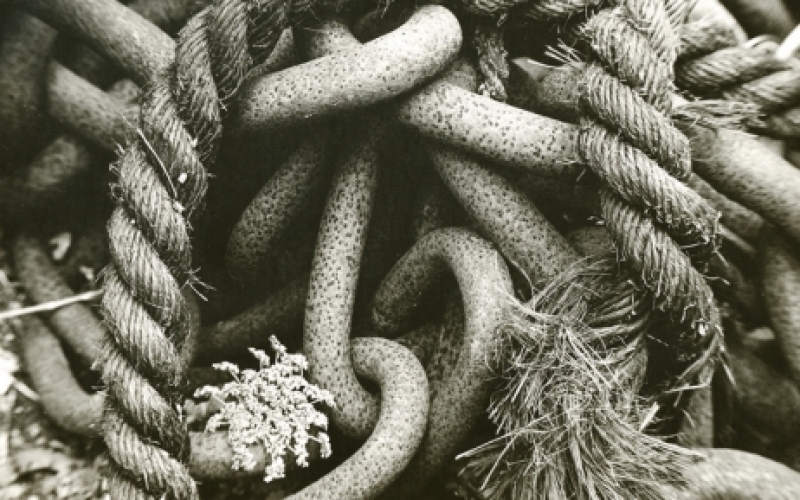Behind the Scenes at LundPhotographics
Welcome to LundPhotographics, where the future is now!
Wet-Dry Rack
How to use the LundPhotographics Wet/Dry Rack for holding, storing, or washing (and drying!) collodion plates.
Mixing Salted Collodion (Part 1/2)
Part 1 of a two part tutorial on mixing salted collodion for wet plate photography.
Mixing Salted Collodion (Part 2/2)
Part 2 of mixing salted collodion for wet plate photography.
Standard Lab Practices
A short list of some common lab practices when working with collodion chemistry.
Sensitizing Collodion Plates
Before it can be exposed in the camera, a collodion plate must be sensitized in a solution of silver
nitrate.
Fixing Plates
The function of the fixer is to combine with the undeveloped silver halides, making a water soluble compound that can then be rinsed out of the collodion with fresh water.
Hand Pouring Developer
Development can be done by applying the developer directly to a hand held plate. Here are some pointers to help get you started.
Making In-Camera Test Plates
You’ve set up for the first time in a new lighting condition. You're not quite sure what the correct exposure should be. Should you eyeball it? Take a guess? How about making a test plate!
Ferrous Sulfate Developer
Here is a good general purpose ferrous sulfate developer for collodion. The total volume is approximately 7.5 ounces.
A Basic Collodion Formula
Here's a simple two salt, general purpose collodion formula for making ambrotypes or negatives. The total volume about 600 ml.












